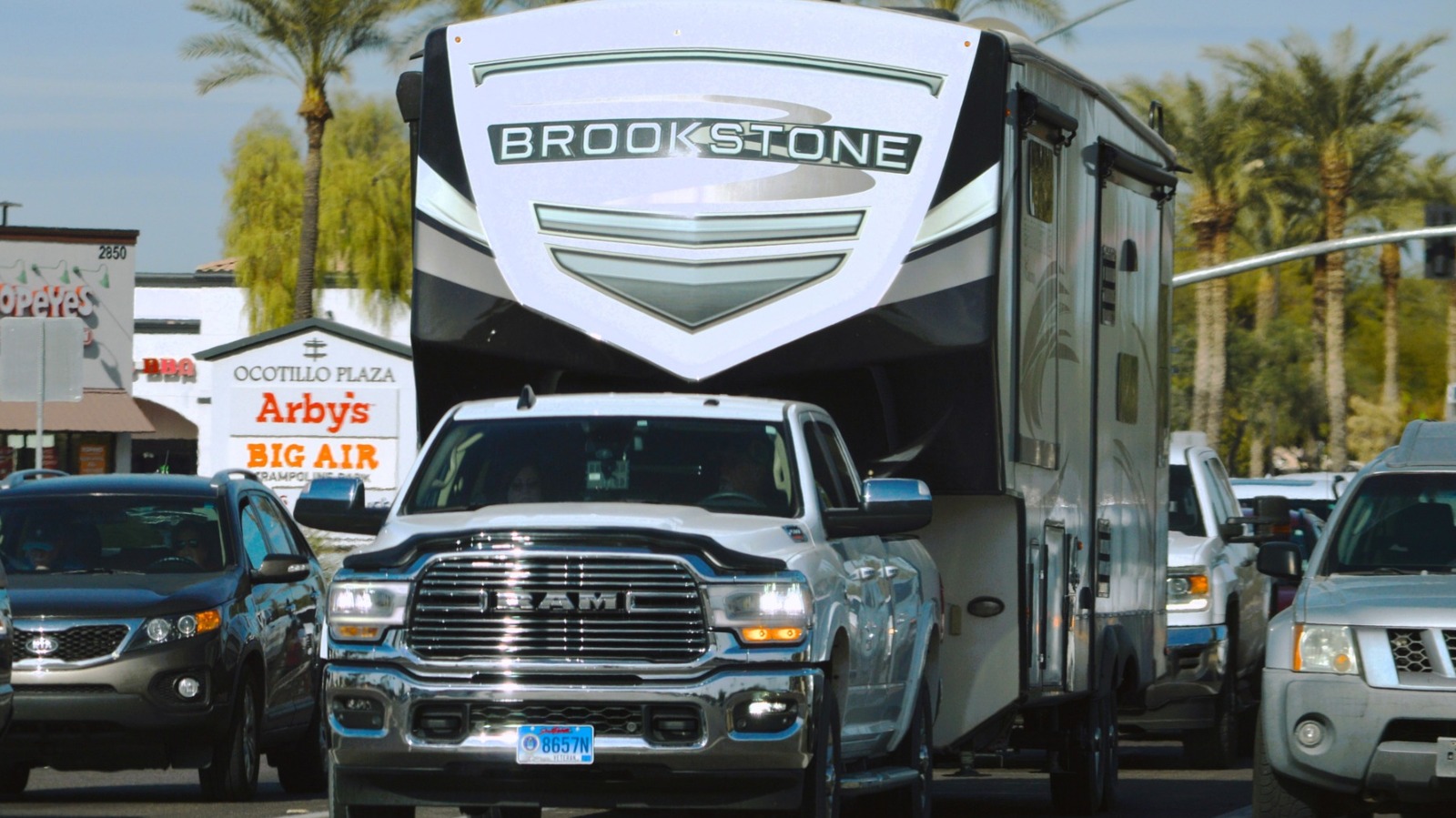Which Hitch Type Is Right for Your Towing Needs?
Staring at a lineup of trailers, you’ll notice two heavy hitters: 5th wheel and gooseneck. Both have their loyal fans, but if you’re not sure which one fits your lifestyle, you’re not alone. Let’s break down what sets them apart and help you zero in on the right choice for your next adventure—or job.
How Do 5th Wheel and Gooseneck Trailers Attach to Your Truck?
The first thing you’ll spot is the hitch. A 5th wheel trailer uses a large, horseshoe-shaped hitch mounted in the bed of your pickup, usually right over or just in front of the rear axle. This setup is similar to what you’d find on a semi-truck. It’s designed to distribute weight evenly, making for a smoother ride and better control, especially when towing large RVs.
Gooseneck trailers, on the other hand, use a ball hitch—think of it as a beefed-up version of the ball hitch you’d use for a small utility trailer, but mounted in the bed of your truck. The gooseneck ball is typically recessed, so when you’re not towing, you can flip it over or remove it for a flat truck bed.
Which Offers Better Towing Stability and Capacity?
If you’re hauling something massive—like a 40-foot toy hauler or a multi-horse trailer—both hitch types offer impressive stability compared to bumper-pull trailers. But there are subtle differences.
5th wheel hitches generally provide a smoother, more stable ride. The connection point is broad and secure, which helps reduce sway and bounce. This is why most large RVs and luxury campers use 5th wheel hitches. According to the RV Industry Association, 5th wheels make up nearly 20% of all towable RVs sold in the US, largely because of their stability and comfort on long hauls.
Gooseneck hitches, while also stable, are favored in the agricultural and commercial world. They’re built for raw towing capacity—think livestock, flatbeds, and heavy equipment. Many gooseneck setups can handle up to 30,000 pounds or more, depending on your truck’s specs. If you’re hauling for work, this is often the go-to.
How Much Space Do You Lose in Your Truck Bed?
Here’s where practicality comes into play. A 5th wheel hitch is bulky. Once installed, it eats up a good chunk of your truck bed, making it tough to haul anything else. Removing the hitch isn’t impossible, but it’s not something you’ll want to do every weekend.
Gooseneck hitches are less intrusive. When you’re not towing, you can usually stow the ball away, leaving your bed wide open for lumber, tools, or whatever else you need to haul. If you use your truck for more than just towing, this flexibility can be a game-changer.
What About Maneuverability and Ride Comfort?
Maneuvering a 5th wheel trailer feels different—often easier—than a gooseneck, especially in tight spots. The pivot point sits farther forward in the truck bed, which allows for sharper turns. This is a big deal in crowded campgrounds or when backing into a tricky driveway.
Gooseneck trailers aren’t slouches, but their turning radius is slightly wider. For most folks, it’s not a dealbreaker, but if you’re new to towing or plan to navigate lots of tight spaces, the 5th wheel’s design gives you a bit more wiggle room.
Which Is Easier to Install and Maintain?
Installation is another area where the two diverge. 5th wheel hitches are heavier and more complex to install. You’ll likely need a professional to bolt it in, and it’s not something you’ll want to remove often.
Gooseneck hitches are simpler. Many trucks come prepped for a gooseneck ball, and installation is usually less expensive. Maintenance is also straightforward—just keep the ball and coupler greased and check for wear.
How Does Cost Factor Into the Decision?
Let’s talk dollars and cents. 5th wheel hitches are pricier, both in terms of the hitch itself and installation. Expect to pay anywhere from $800 to $2,500 for a quality setup, not including labor.
Gooseneck hitches are generally more affordable. A basic kit can run $300 to $800, and installation is often quicker and cheaper. If you’re watching your budget, this might tip the scales.
Are There Legal or Licensing Differences?
In most states, both hitch types are street legal for private use. However, some areas have specific rules about trailer length, weight, or even the type of hitch allowed for commercial use. Always check your local DMV or Department of Transportation guidelines before making a purchase, especially if you plan to cross state lines.
What Do Real-World Users Say?
Ask around at a campground or job site, and you’ll hear plenty of opinions. RV owners rave about the comfort and stability of 5th wheels, especially for long trips. One seasoned traveler I met in Arizona swore by his 5th wheel, saying it made cross-country drives almost relaxing—no white-knuckle moments, even in gusty winds.
Ranchers and contractors, meanwhile, tend to stick with goosenecks. They’ll tell you it’s all about versatility and raw strength. Need to haul hay in the morning and a tractor in the afternoon? The gooseneck lets you do both without fuss.
Making the Choice: What Should You Consider First?
Start by asking yourself how you’ll use your trailer. If comfort, living space, and smooth towing are top priorities—think family road trips or full-time RV living—a 5th wheel is tough to beat. If you need a workhorse that can handle heavy loads and keep your truck bed usable, the gooseneck is likely your best bet.
The big takeaway? Choosing between a 5th wheel and a gooseneck isn’t about perfection—it’s about smarter adjustments. Start with one change this week, whether it’s researching hitch options or talking to fellow owners, and you’ll likely spot the difference by month’s end.


